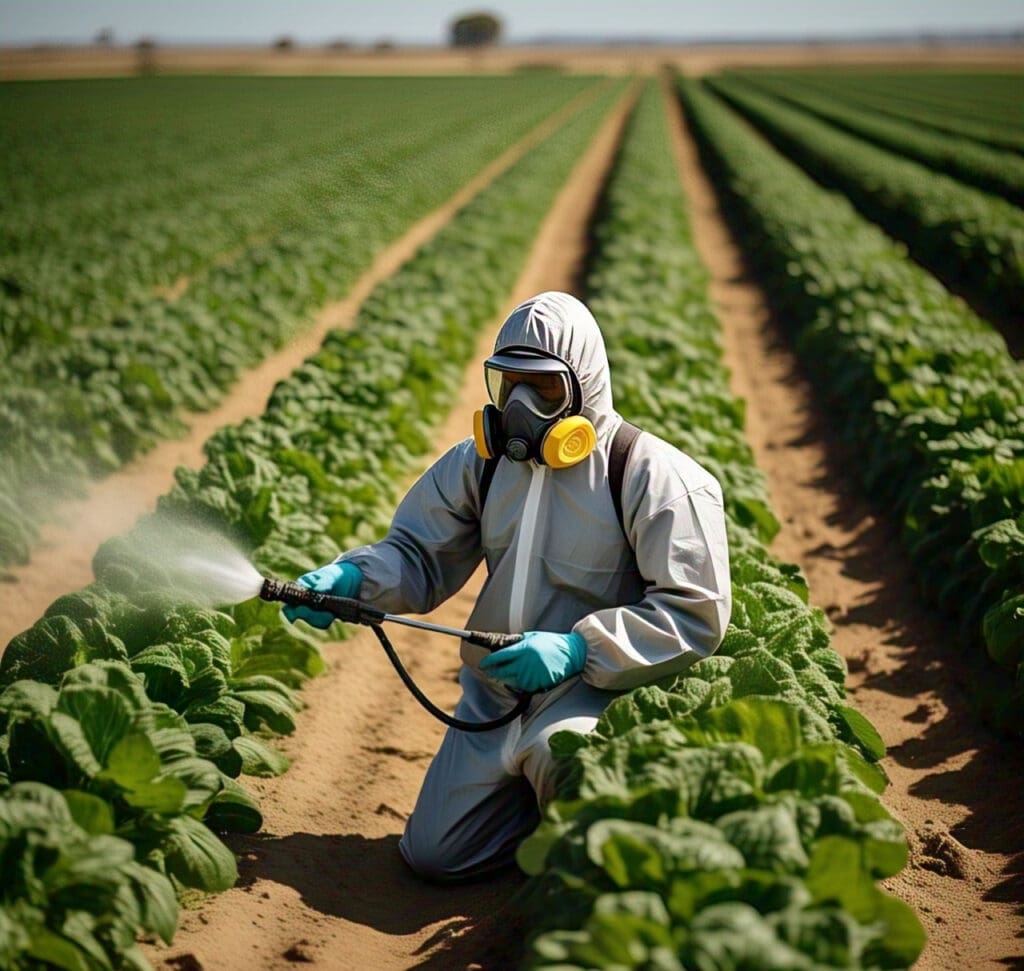The impact of environment on health cannot be overemphasized. The air we breathe, the water we drink, the food we consume, and even the places we call home can affect how we feel.

In Nigeria and other parts of the world, various environmental issues lead to different health problems, like breathing difficulties and illnesses from contaminated food. It’s important to recognize how these factors connect with our well-being.
This article will explore the different environmental factors that affect human health, the specific risks they pose, and what can be done to reduce their negative impact.
1. Air Pollution and Its Effects on Health
Air pollution is one of the biggest environmental threats to human health. It comes from various sources, including vehicle emissions, industrial activities, burning of waste, and even household cooking with wood or charcoal.
Health Risks of Air Pollution:
- Respiratory diseases – Conditions like asthma, bronchitis, and lung infections are common in areas with poor air quality.
- Heart disease and stroke – Long-term exposure to polluted air increases the risk of heart attacks and strokes.
- Lung cancer – Harmful chemicals in polluted air can cause lung cancer over time.
- Weakened immune system – Air pollution can make people more vulnerable to infections.
Solution: Reducing pollution by enforcing strict emissions regulations, promoting cleaner cooking methods, and increasing the use of public transportation can improve air quality.
2. Water Pollution and Its Impact on Health
Clean water is essential for good health, but water pollution remains a serious issue in many parts of Nigeria. Contaminated water sources, poor sanitation, and improper waste disposal all contribute to unsafe drinking water.
Health Risks of Water Pollution:
- Diarrheal diseases – Dirty water can cause cholera, typhoid, and dysentery, leading to dehydration and even death.
- Parasitic infections – Contaminated water can contain parasites that cause serious health issues.
- Heavy metal poisoning – Industrial waste can introduce harmful metals like lead and mercury into water, affecting brain function and kidney health.
Solution: Investing in clean water infrastructure, improving sanitation, and ensuring proper waste disposal can help protect water sources from contamination.
3. Poor Sanitation and Waste Management
In many urban and rural areas, improper waste disposal and inadequate sanitation contribute to the spread of diseases. Open defecation, blocked drainage systems, and overflowing waste bins create an unhealthy environment.
Health Risks of Poor Sanitation:
- Infectious diseases – Dirty environments are breeding grounds for bacteria and viruses that cause illnesses like hepatitis and gastrointestinal infections.
- Mosquito-borne diseases – Stagnant water in open waste dumps attracts mosquitoes, increasing the risk of malaria and dengue fever.
- Respiratory issues – Burning waste releases toxic fumes, leading to breathing problems.
Solution: Implementing better waste management systems, educating the public on hygiene practices, and providing adequate sanitation facilities can significantly reduce health risks.
4. Climate Change and Extreme Weather Events
Climate change is causing more extreme weather events, such as heatwaves, floods, and droughts. These environmental changes directly impact human health.
Health Risks of Climate Change:
- Heat-related illnesses – Rising temperatures increase the risk of heatstroke and dehydration.
- Food insecurity – Droughts and floods affect crop production, leading to hunger and malnutrition.
- Infectious diseases – Changes in temperature and rainfall patterns can increase the spread of diseases like malaria and cholera.
Solution: Taking action against climate change, such as reducing carbon emissions, planting trees, and preparing for extreme weather events, can help mitigate its effects.
5. Exposure to Toxic Chemicals
Pesticides, industrial chemicals, and household cleaning products contain substances that can be harmful to human health.

Health Risks of Toxic Chemicals:
- Cancer – Prolonged exposure to harmful chemicals can lead to different types of cancer.
- Birth defects – Pregnant women exposed to toxic chemicals may give birth to babies with developmental issues.
- Organ damage – Some chemicals affect the liver, kidneys, and nervous system.
Solution: Enforcing strict regulations on chemical use, promoting organic farming, and increasing awareness about safe handling of chemicals can help protect public health.
Conclusion
The environment we live in greatly affects our health. Things like dirty air and water, lack of proper sanitation, changes in the climate, and contact with harmful chemicals can lead to various health issues.
However, by working together—through government rules, community programs, and changes in our everyday habits—we can lower these health risks related to our environment and help create a safer, healthier future for everyone.
Key Takeaways:
- Breathe clean air – Avoid burning waste and use cleaner energy sources.
- Drink safe water – Ensure water sources are protected from contamination.
- Improve sanitation – Proper waste disposal and hygiene can prevent diseases.
- Act on climate change – Support policies that reduce pollution and promote sustainability.
- Be cautious with chemicals – Avoid harmful pesticides and industrial pollutants.



